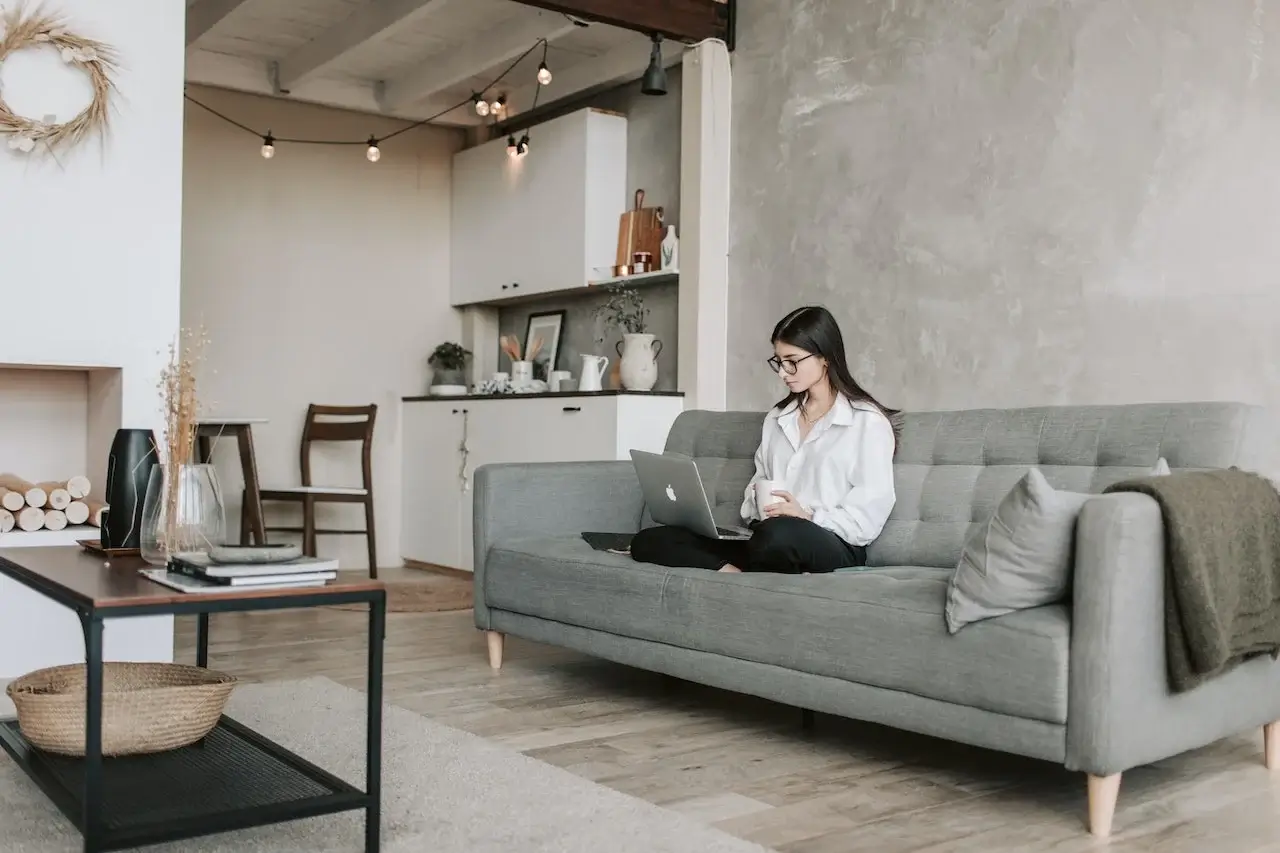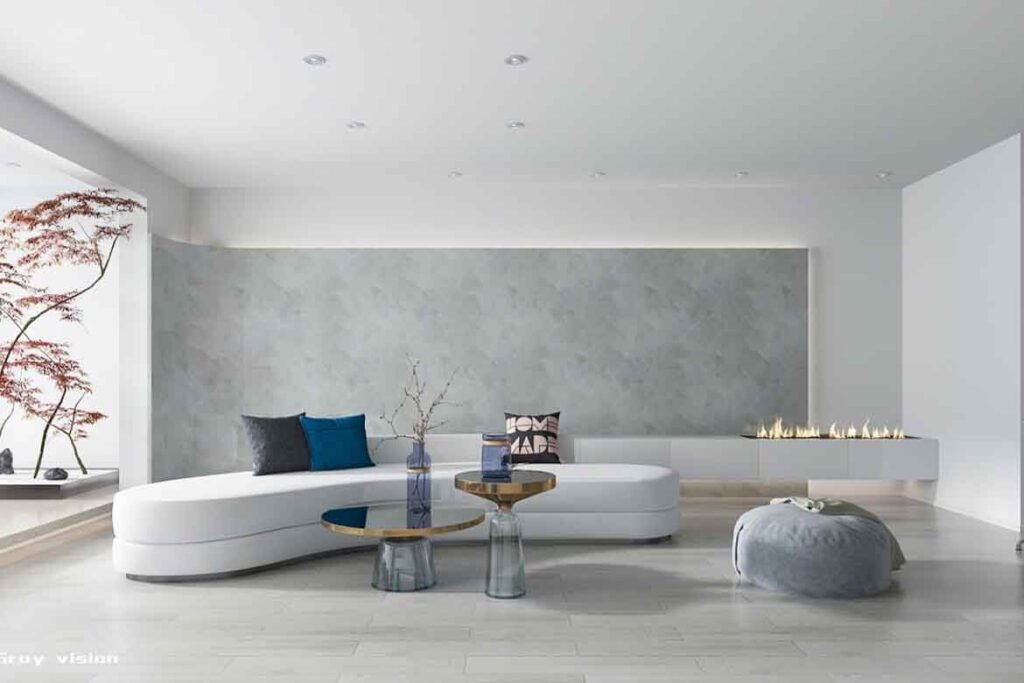Lifestyle
V4holt Guide on How to Create a Minimalist Lifestyle Without Sacrificing Comfort

In a fast-paced world brimming with materialism and excess, the minimalist lifestyle has gained significant popularity as a way to simplify life and focus on what truly matters. However, the fear of sacrificing comfort while embracing minimalism can discourage many from taking the plunge. The idea that minimalism equates to harsh, uncomfortable living with bare essentials is simply not true. In fact, it is entirely possible to create a minimalist lifestyle that doesn’t compromise on comfort. This guide, presented by V4holt, explores how to live minimally without giving up the joy and ease that comfort brings.
What Is Minimalism?
Minimalism, at its core, is about focusing on what adds value to your life while eliminating excess. It’s not just about decluttering your space but also about decluttering your mind, time, and priorities. The goal of minimalism is to simplify so that you can live more intentionally, with greater clarity and freedom. It’s not about deprivation but about making thoughtful choices that align with your values.
Minimalism can be applied to various aspects of life, from your home and work environment to your relationships, lifestyle, and even your digital presence. The beauty of minimalism lies in its flexibility, allowing you to personalize your journey and make it work for you.
The Principles of Minimalism
Before diving into the practical steps for creating a minimalist lifestyle, it’s important to understand the core principles of minimalism:
- Intentionality: Every choice you make should be intentional, whether it’s a purchase, a commitment, or how you spend your time. By being intentional, you ensure that you’re prioritizing what truly matters.
- Quality Over Quantity: Instead of accumulating more, minimalism encourages choosing fewer but higher-quality items that will last longer and provide greater satisfaction.
- Simplicity: Minimalism isn’t about rigid rules or complete elimination. It’s about simplifying processes, whether it’s through time management, organizing spaces, or streamlining decision-making.
- Mindfulness: Living with mindfulness means being aware of the present moment and your true needs, which leads to better decision-making and a more fulfilling life.
Creating a Minimalist Home Without Sacrificing Comfort
One of the first areas where minimalism is often applied is in the home. Many people assume that living minimally means living in an empty, sterile space with just the bare necessities. However, a minimalist home can still be warm, cozy, and comfortable. Here’s how to achieve that balance:
1. Declutter, But Don’t Overdo It
The first step in creating a minimalist home is decluttering. However, you don’t need to get rid of everything. Start by removing items that no longer serve a purpose or bring joy. This might include outdated furniture, clothes you never wear, or gadgets you rarely use.
Keep items that are functional, serve a purpose, or hold sentimental value. The key is to curate your possessions so that they reflect your lifestyle and taste without overcrowding your space.
2. Invest in Functional Furniture
Comfortable living doesn’t require excessive furniture. In fact, the right pieces can be both minimalist and incredibly comfortable. Look for furniture that serves multiple functions, such as a sofa bed, a dining table with storage, or modular furniture that can be rearranged to suit your needs.
Focus on quality materials, such as natural woods, comfortable cushions, and soft textiles. Invest in pieces that will stand the test of time and suit your aesthetic while maintaining a sense of simplicity and practicality.
3. Embrace Neutral Colors and Natural Light
A minimalist home thrives on a neutral color palette. Colors like white, beige, gray, and soft pastels create a serene environment and allow natural light to play a pivotal role in brightening the space. These colors are versatile, easy to maintain, and work well with most furniture and décor styles.
Large windows or strategically placed mirrors can amplify the light in your home, making even smaller spaces feel airy and expansive. When combined with natural elements like indoor plants, natural wood accents, or stone details, your space will feel both minimal and warm.
4. Keep It Cozy with Textiles
One of the biggest concerns about minimalism is that it might lead to a cold or uncomfortable living environment. The good news is that textiles can easily combat this issue. Soft blankets, plush throw pillows, area rugs, and comfortable bedding can all add comfort and warmth to your minimalist home.
These textiles not only enhance the coziness of the space but also add layers of texture and visual interest, preventing the space from feeling too barren.

Simplifying Your Wardrobe Without Sacrificing Style
A minimalist wardrobe is another major component of a minimalist lifestyle. Many people mistakenly think that minimalism means wearing only plain, dull clothes or restricting themselves to a limited color palette. However, a minimalist wardrobe can still be stylish and versatile. Here’s how:
1. Focus on Quality, Not Quantity
Rather than filling your closet with fast fashion or inexpensive items, invest in fewer, high-quality pieces that will last longer and can be mixed and matched. Choose timeless styles, classic cuts, and fabrics that stand the test of time.
Look for items made from natural fibers like cotton, wool, and linen, which are comfortable, durable, and breathable. When you choose quality over quantity, you’ll end up with a wardrobe that requires fewer pieces but offers more outfit possibilities.
2. Create a Capsule Wardrobe
A capsule wardrobe is a collection of essential, versatile items that can be combined in multiple ways. It’s a minimalist approach to fashion that makes getting dressed simpler while ensuring you always have something stylish to wear.
Start by selecting basic pieces like a well-fitted pair of jeans, a few neutral-colored tops, a versatile jacket, and some comfortable shoes. Then, add a few statement pieces or accessories to express your personal style. This strategy not only simplifies your closet but also saves you time and energy when getting dressed.
3. Embrace Neutral and Versatile Colors
Neutral colors like black, white, navy, gray, and beige are perfect for a minimalist wardrobe because they easily mix and match. These colors are timeless, sophisticated, and easy to accessorize. By sticking to a few key hues, you’ll create a cohesive wardrobe that maximizes your outfit choices without overcrowding your closet.
4. Adopt a “One In, One Out” Rule
To maintain a minimalist wardrobe, practice the “one in, one out” rule. Whenever you acquire a new item, commit to letting go of something else. This will help you keep your wardrobe clutter-free and prevent unnecessary accumulation of clothes.
Simplifying Your Diet Without Sacrificing Flavor
Minimalism isn’t just about what you wear or how you live at home—it can also extend to your eating habits. A minimalist approach to food means simplifying your diet without sacrificing flavor, nutrition, or enjoyment. Here are some tips:
1. Embrace Whole, Unprocessed Foods
Instead of filling your pantry with processed foods, focus on stocking fresh, whole ingredients. Fruits, vegetables, whole grains, lean proteins, and healthy fats should make up the core of your meals. These ingredients are not only more nutritious but also more flavorful.
When you cook with whole foods, you don’t need a dozen spices or fancy ingredients to create a satisfying meal. Simple dishes made with fresh, high-quality ingredients can be incredibly delicious.
2. Plan Simple, Nourishing Meals
Rather than complicating your meal planning with intricate recipes and long lists of ingredients, focus on creating simple, nourishing meals. Dishes like grain bowls, stir-fries, salads, or roasted vegetables with protein are easy to prepare and can be customized based on your preferences.
By keeping your meals simple, you’ll reduce decision fatigue and waste while ensuring that you eat well without spending excessive time in the kitchen.
3. Minimize Food Waste
A key part of living minimally is being mindful of waste, and that includes food waste. Plan meals around what you already have in your fridge and pantry, and make an effort to use up leftovers. Buy only what you need to avoid over-purchasing, and compost organic waste when possible.
Minimizing Your Digital Life Without Sacrificing Convenience
In today’s digital age, many people struggle to find a balance between staying connected and maintaining a minimalist lifestyle. Excessive screen time, digital clutter, and social media overload can all contribute to stress and burnout. Here’s how to simplify your digital life without losing convenience:
1. Declutter Your Devices
Just as you declutter your physical space, take time to organize your digital devices. Delete old files, unused apps, and unnecessary emails. Create folders to organize your documents and photos, and unsubscribe from mailing lists that no longer serve you.
By maintaining a tidy digital space, you’ll reduce distractions and streamline your daily digital interactions.
2. Set Boundaries Around Screen Time
Minimalism isn’t just about eliminating things but also about reducing distractions and being mindful of your time. Set boundaries for your screen time by limiting social media use, turning off notifications, and scheduling tech-free time during the day. This allows you to be more present and focused on the things that matter.
3. Simplify Your Digital Tools
Instead of using a dozen apps and tools to manage different aspects of your life, consolidate them into a few essential apps that help you stay organized, focused, and productive. Whether it’s a to-do list app, a note-taking app, or a calendar tool, keep your digital tools minimal so that you don’t waste time jumping between apps.
Minimalist Travel: Simplifying Your Journeys
Traveling with a minimalist mindset can significantly enhance your experience while reducing stress and unnecessary baggage. By packing light and focusing on the essentials, you can enjoy a more fulfilling and comfortable trip.
1. Pack Light and Smart
When packing for travel, choose versatile clothing items that can be worn in different settings. Stick to neutral colors and fabrics that are comfortable and easy to wash. Remember, packing light not only reduces physical stress but also mental clutter.
2. Choose Simple, Comfortable Accommodations
You don’t need to stay in lavish hotels to enjoy comfort while traveling. Look for accommodations that are clean, simple, and comfortable. Consider renting a home or apartment for more space and flexibility, or choose boutique hotels with minimalist designs.
Conclusion: The Beauty of Minimalism Without Sacrificing Comfort
Minimalism is about living intentionally and purposefully, focusing on what brings joy and value to your life. By applying the principles of minimalism to your home, wardrobe, diet, digital life, and travel, you can create a lifestyle that feels comfortable, enriching, and free from excess.
Living a minimalist lifestyle doesn’t mean sacrificing comfort—it means making mindful choices that prioritize what truly matters to you. By embracing minimalism, you not only simplify your life but also create more space for what brings you fulfillment.






